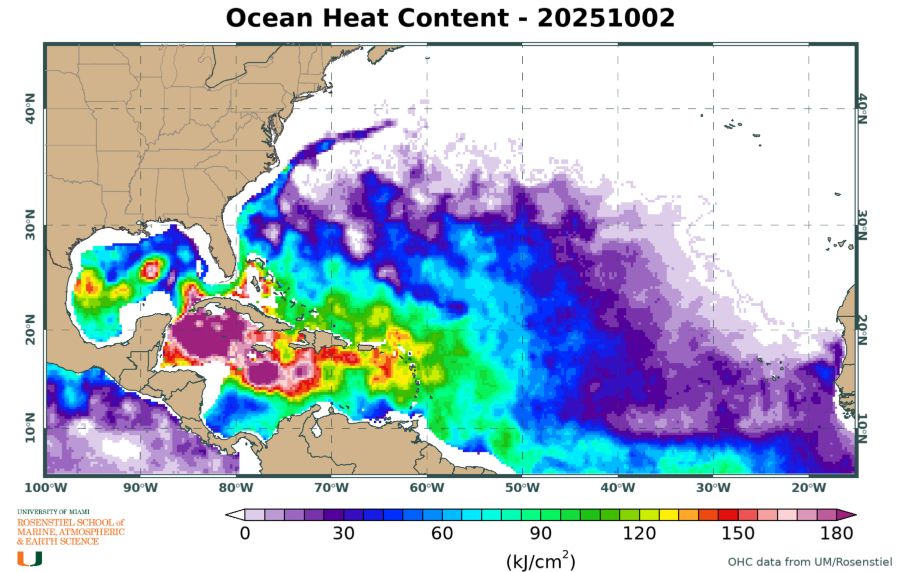Brian Tang
@btangywx.bsky.social
5.2K followers
240 following
150 posts
Associate professor, Atmospheric and Environmental Sciences at UAlbany. Tropical cyclones & severe weather. Occasionally playing hockey, skiing, or paddleboarding.
Posts
Media
Videos
Starter Packs
Reposted by Brian Tang
Reposted by Brian Tang
Reposted by Brian Tang
Reposted by Brian Tang
Brian Tang
@btangywx.bsky.social
· Aug 18
Brian Tang
@btangywx.bsky.social
· Aug 18
Brian Tang
@btangywx.bsky.social
· Aug 18



























